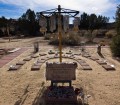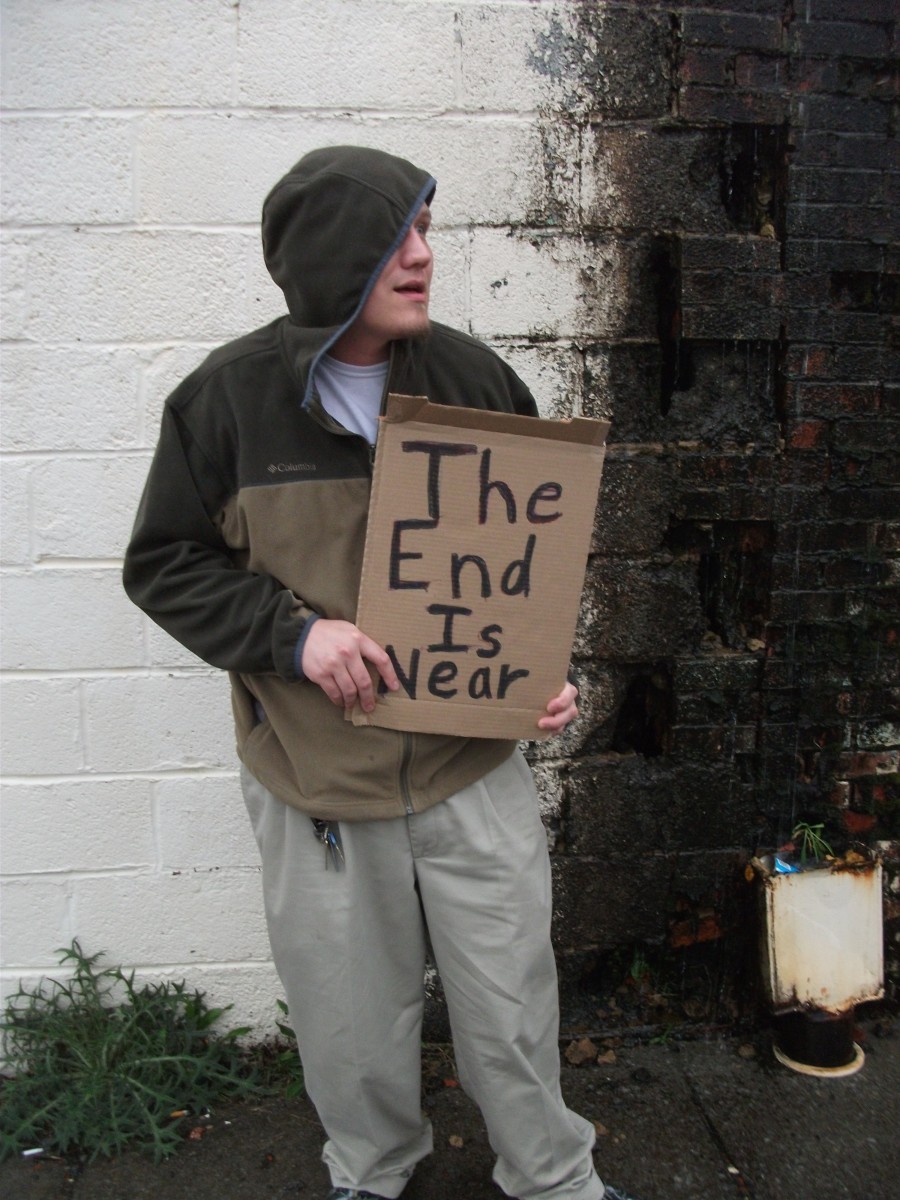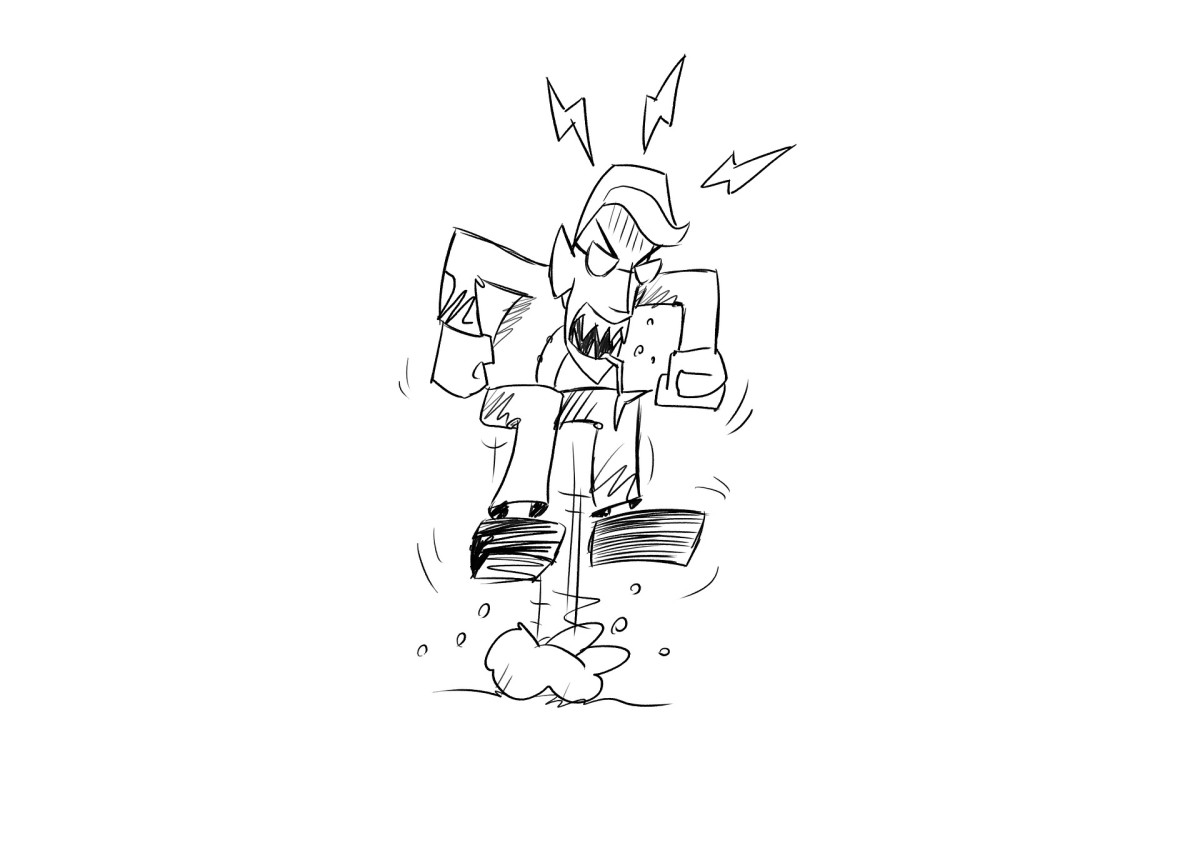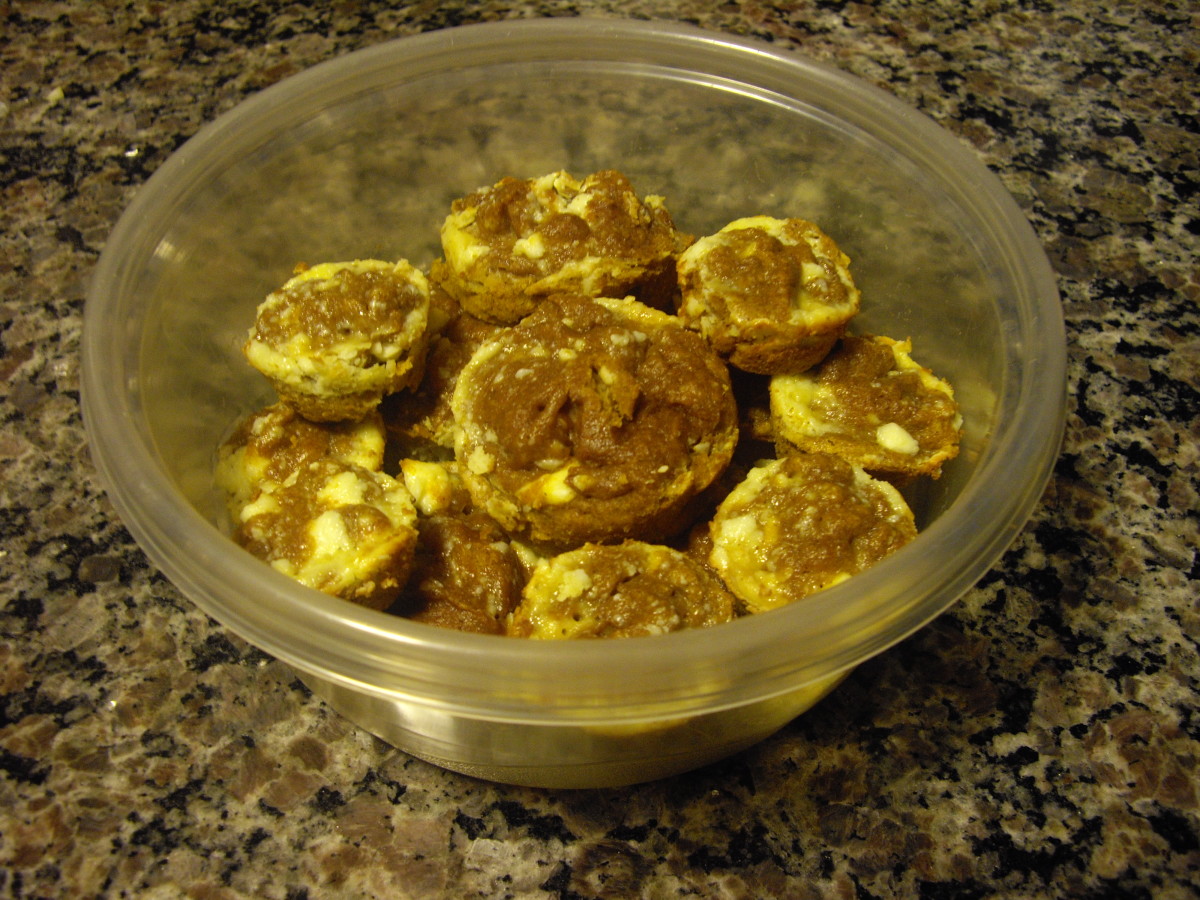Preparing Young Children For Disaster
There are several simple, but essential, steps to preparing young children for disaster. Young children can learn anything once they know what, why and how. Prepare your child by giving them the information they need in words and language that they can understand. Make the information easy for them to understand and they will remember and remind you every time it seems as if disaster might be near. Teach your child how to be prepared and what to do in the event of an emergency. They need to know what to do in case an adult is not able to help them in an emergency. Teaching them what to do to prepare and practicing how to be safe, may save their life and yours one fateful day.
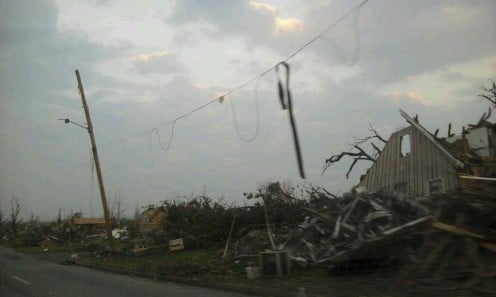
First Things First
Explain to your child that sometimes bad things happen. In our area we have an active tornado season. We explain to children that when cold weather and hot weather run into each other then the clouds have to go somewhere so they spin around and around each other until they can go in the same direction together. This is easily understandable for small children. As your child grows older there are several websites I have listed below that both explain and demonstrate to children how tornadoes form and what happens when they occur. The most important thing to tell your child is that we cannot stop them from happening, but we can be prepared when they do. Then teach them what to do.

Plan Ahead
There are several ways to teach a young child what to do in case of a disaster. Reading a book or playing a game is a good way to practice what to do. Small children can act out the steps. The important part is to keep them simple and few in number. It is best to keep the number of steps equal to the child's age. A 3 year old can easily remember 3 steps, a 4 year old can remember 4 steps and so forth.
One simple way for a child to remember is a 3x5 card with pictures on it. This can help a child remember until they have it down pat. Let your child pick out the pictures and help make the card. Talk about the steps and why you do each step. An example might be (explanations in the parentheses):
- Grab your shoes. (If the storm is bad you will need shoes on to protect your feet.)
- Go to the safe spot. (The safe spot will help protect you from harm.)
- Put on your helmet. (A bicycle helmet can easily protect a child's head from debris.)
- "Turtle Up" and "Flower" (When a child pulls their knees up to their chest and puts their head down with their hands over the back of their head, they resemble a turtle. If all of them put their heads together, they resemble a flower. An Adult can easily place their body over all the children's heads at once.)
It is most important to make sure your child knows where the safe spot is and what to do once they get there. Having a helmet kept at the safe spot and possibly a pair of shoes will help keep children from having to remember those steps. This helps the youngest children. Again, make sure they know where and how to get to the safe spot.
If the child is old enough to read, you can make a list with them. List the items that you might need if a tornado hit and you would have to be prepared. Let the child brainstorm ideas, then talk about each idea and what will work and what to do to make it work. Then ask the child to pick the 3 or 4 items that are the best. Use those items in your safe spot. It will make your child feel like they have contributed to the preparation and make them more responsible to follow the steps during a disaster.
Practice, Practice, Practice
Children learn best through repetition. That means practicing many times will help your child be prepared if and when an emergency really does occur. Talk to them about why you are practicing and that you will practice lots of times. Set up a routine for practicing. Practice every Monday at 7 a.m. or every Thursday before bedtime. Once your child is proficient, you can cut back on practice sessions. Eventually you can practice once a month and make it a surprise drill! Surprise drills will give you an honest evaluation of how well the child really knows the procedure.
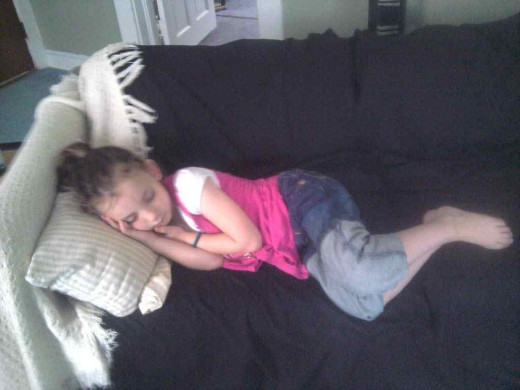
Prevention Poll
Have you created a family plan for disaster?
Make A Survival Kit
Get a plastic tub with a lid that latches tightly. Put essentials in it. This will be your family survival kit. Think about what you would desperately need in the event of a major disaster. Water, medications, copies of important documents (birth certificates, Social Security numbers, driver's licenses, insurance policies), bandages, gloves, skin glue, dry snack food items like peanut butter crackers, anti-bacterial hand sanitizer, wind-up flashlight, batteries, AM/FM radio, blanket,and a family photo are all vital. I live near the area of Joplin, Missouri where the May 22, 2011 EF5 tornado totally devastated the town. We lost 161 lives. These are some of the items that many families wished they had available during those first few hours to keep them stable and to help with search and recovery. Keeping these items current are essential!! Medications, batteries, water and food items have expiration dates. Replace them and the family photo on a regular basis. A simple way to remember is to change them every time you change the clocks for Daylight Savings Time. The family photo became a tool for searching for loved ones. It could be critical to have on hand. Don't be caught without it!
Keep Calm
The best thing you can do for a child in the event of a disaster is to remain calm and prepare yourself. Know where to go and who to call in case of an emergency. Have emergency numbers pre-programmed into your phone. The doctor, dentist, insurance agent, hospital and EMT direct phone numbers may actually work better than trying to call 9-1-1 which may be overwhelmed by others. Have your safe spot prepared well ahead of time. Select a location which is in an interior room (for tornadoes) without windows and away from sharp or glass objects. A room on the lowest floor with reinforced walls is best. A basement bathroom is ideal. Have books, battery lights and a comfort item or two in the area ready for children. When practicing this will become a welcoming place to go and then during an actual crisis, it will become a comfort zone. Remember your children will look to you and will reflect your behavior. If you are calm, it will help them remain calm. Likewise, if you are frantic, they will be frantic. Just like children, if we plan ahead, practice and know what to do, we are prepared and disaster becomes only a challenge.
Photo and Text Copyright 2011 Deborah M. Carey
Learn More About Me and HubPages Here
- Signup For HubPages
You too can write for HubPages! It is a fun and exciting way to share information with others! Click here and check it out! - prektjr.dc on HubPages
Hello!! I began hubbing to expand my horizons while helping others to expand theirs! I am so excited to have a yet another Hubnugget...
Some Great Websites For Children On Tornadoes
- Tornadoes....Nature\'s Most Violent Storms
Website delves into the evolution of tornadoes. - Weather Wiz Kids weather information for kids
Weather Wiz Kids is a fun and safe website for kids about all the weather info they need to know.




